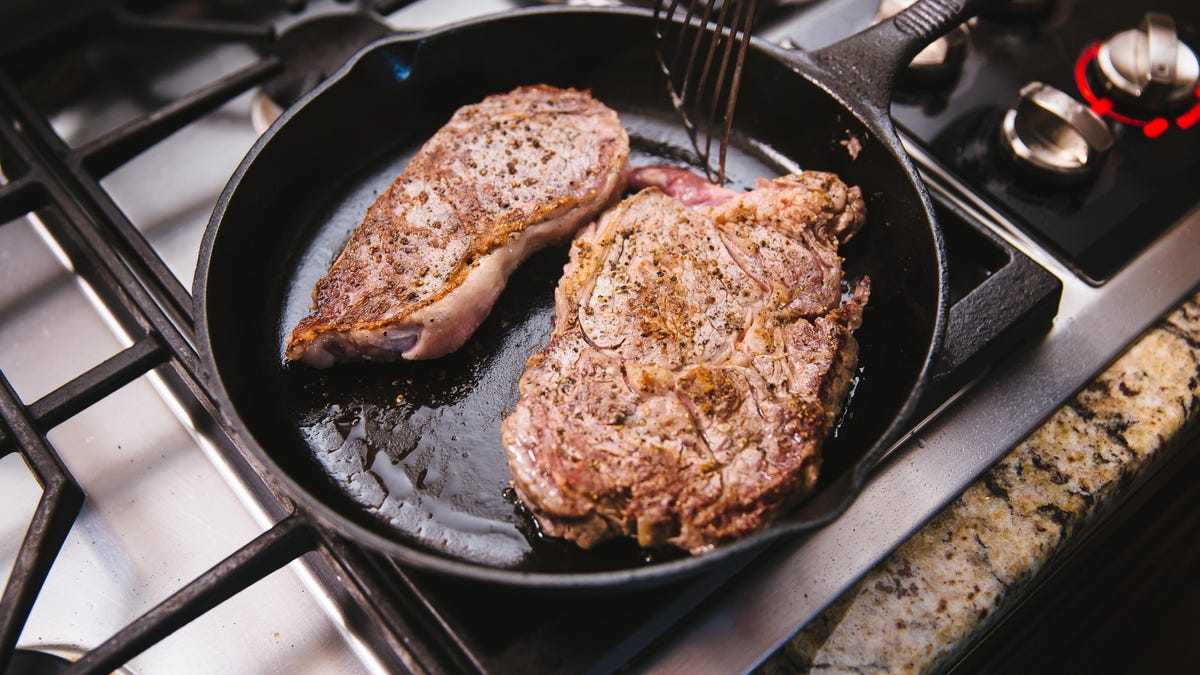Keeping your cast iron skillet in optimal condition is essential for any kitchen professional. Knowing how to clean a cast iron skillet after use not only helps maintain its longevity, but also keeps it performing at its best. In this guide, I will walk you through the step-by-step process to ensure you’re making the most out of this kitchen staple.

Why Cleaning Your Cast Iron Skillet Properly Matters
It’s more than just washing a dish. Cleaning your cast iron skillet properly ensures it remains non-stick, retains heat evenly, and stays rust-free. A well-maintained skillet can be a kitchen heirloom, passed down through generations.

Basic Cleaning Steps: Immediate After Use
Step 1: Cool Down
Let your skillet cool down naturally before cleaning. Plunging a hot skillet into cold water can cause it to warp.
Step 2: Wipe Down Excess Food
Use a paper towel or a cloth to wipe out any excess food particles. Avoid using steel wool or harsh scrubbers, as they can damage the finish.
Step 3: Rinse with Warm Water
Rinse the skillet with warm water. For stubborn food bits, a brush with soft bristles can help.
Step 4: Mild Soap for Tough Stains
While some purists advise against soap, a bit of mild dish soap won’t harm your skillet. Rinse thoroughly to ensure no soap residue remains.

Deep Cleaning for Stubborn Stains and Rust
Step 1: Make a Baking Soda Paste
Mix baking soda with water to form a paste. Apply this to the rusted or stained areas.
Step 2: Scrub with a Brush
Use a soft-bristle brush to scrub the baking soda paste into the rust or stains. Rinse thoroughly afterwards.
Step 3: Reseason the Skillet
After deep cleaning, it’s crucial to reseason your skillet. Apply a thin layer of vegetable oil and bake it in the oven at 350F for an hour.
Seasoning Your Cast Iron Skillet
Seasoning is the secret to a durable, non-stick cast iron skillet. Here’s how to do it:
- Apply a thin layer of oil to the skillet.
- Bake it upside down in a preheated oven at 400F for one hour.
- Let it cool naturally in the oven before storing.
Storing Your Cast Iron Skillet
Proper storage ensures your skillet stays in top condition. Store it in a dry place, and place a paper towel between stacked skillets to absorb any moisture.
Common Myths and Misconceptions
Myth 1: Never Use Soap
Moderate use of mild soap won’t ruin your skillet. Just ensure it’s rinsed thoroughly and reseasoned if necessary.
Myth 2: Cast Iron Skillets Are Non-Stick Right Out of the Box
New skillets need to be seasoned for optimal non-stick performance.
Special Care Tips
For those extra special touches:
- Regularly apply a thin coat of oil.
- Avoid cooking acidic foods for long periods.
- Invest in a quality silicone handle cover.
Frequently Asked Questions
Can I use metal utensils on my cast iron skillet?
Yes, but be cautious as they can scratch the seasoning.
How often do I need to reseason my skillet?
Reseason as needed, especially if food starts sticking or if you notice a dull appearance.
Can I cook anything in a cast iron skillet?
Yes, except for highly acidic foods for long durations, which can damage the seasoning.
Conclusion
Cleaning your cast iron skillet properly ensures it stays in great condition for years to come. This guide provides a comprehensive approach, so you can enjoy the tremendous benefits of this versatile kitchen tool.
For more tips and recipes using a cast iron skillet, check out this Dutch Oven Chili recipe or learn How to Store Cast Iron properly.
For a broader range of cast iron care tips, visit Better Homes & Gardens.
As an Amazon Associate, I earn from qualifying purchases.

